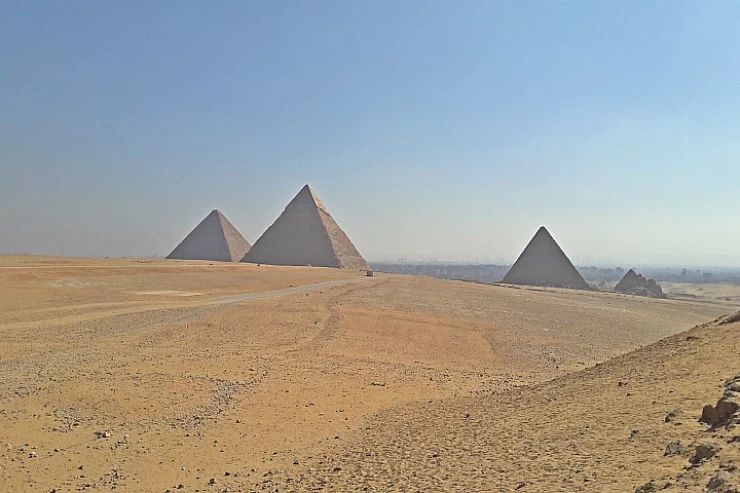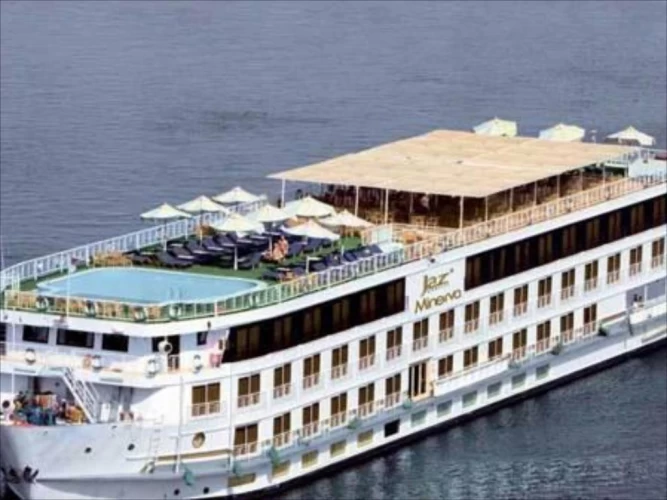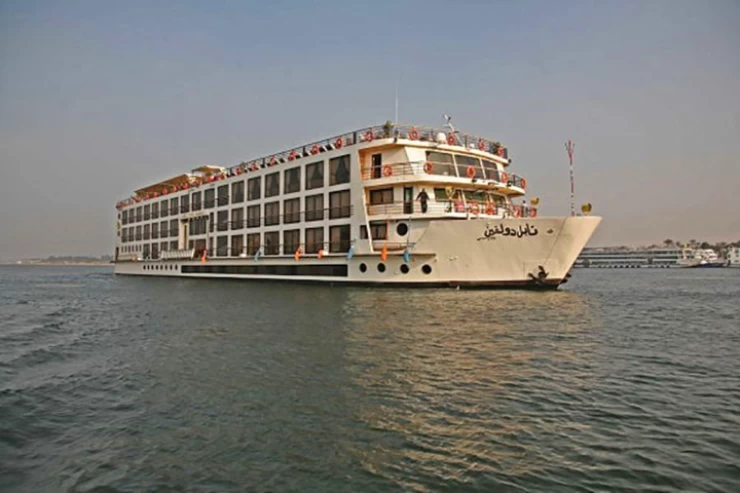
The Mortuary Temple Of Hatshepsut At Deir El-Bahri
Hatshepsut Temple
Hatshepsut Temple, located on the west bank of Luxor, stands as one of the most remarkable temples in the area, directly opposite Karnak Temple across the Nile. Referred to as El Deir El Bahi, this temple commemorates a pivotal era in history. It was built to celebrate the achievements of Queen Hatshepsut (circa 1478/72-1458 B.C.E.). Functioning as both a funerary temple and a sanctuary for Amun Ra, the temple prominently features the narrative of her divine birth.
The architectural design of Hatshepsut Temple, known as Djeser-djeseru or "the Holy of Holies," was crafted by Senenmut, the chief steward of Amun. The lasting legacy of Queen Hatshepsut is reflected in her commissioning of two obelisks and the establishment of a road dedicated to Amun, the supreme deity.
Her statue is characterized by masculine traits, including a traditional beard, shendyt kilt, and head cloth, which symbolize her power. Visitors can explore this magnificent temple of the formidable pharaoh queen through Egypt Classic Tours, providing an opportunity to appreciate one of the most exquisite representations of Egyptian civilization.
The temple's strategic location on the west bank, adjacent to the Valley of Kings where royal tombs are located, was deliberately chosen to reinforce her status among the pharaohs. Hatshepsut, the eldest daughter of King Thutmose I, assumed the role of regent during the 19th dynasty after the death of her husband, King Tuthmosis II. King Thutmose III, the son of her husband, had a detrimental effect on the temple, initiating its destruction by vandalizing her statues and defacing her images. Various theories have been proposed regarding his motivations. Some scholars suggest he aimed to preserve the lineage and rule established by Tuthmosis I and II, while others believe he sought a smooth succession for his own son. Through our specialized Nile cruise tours, one can observe the remnants of the temple and the extensive restoration efforts undertaken.


















